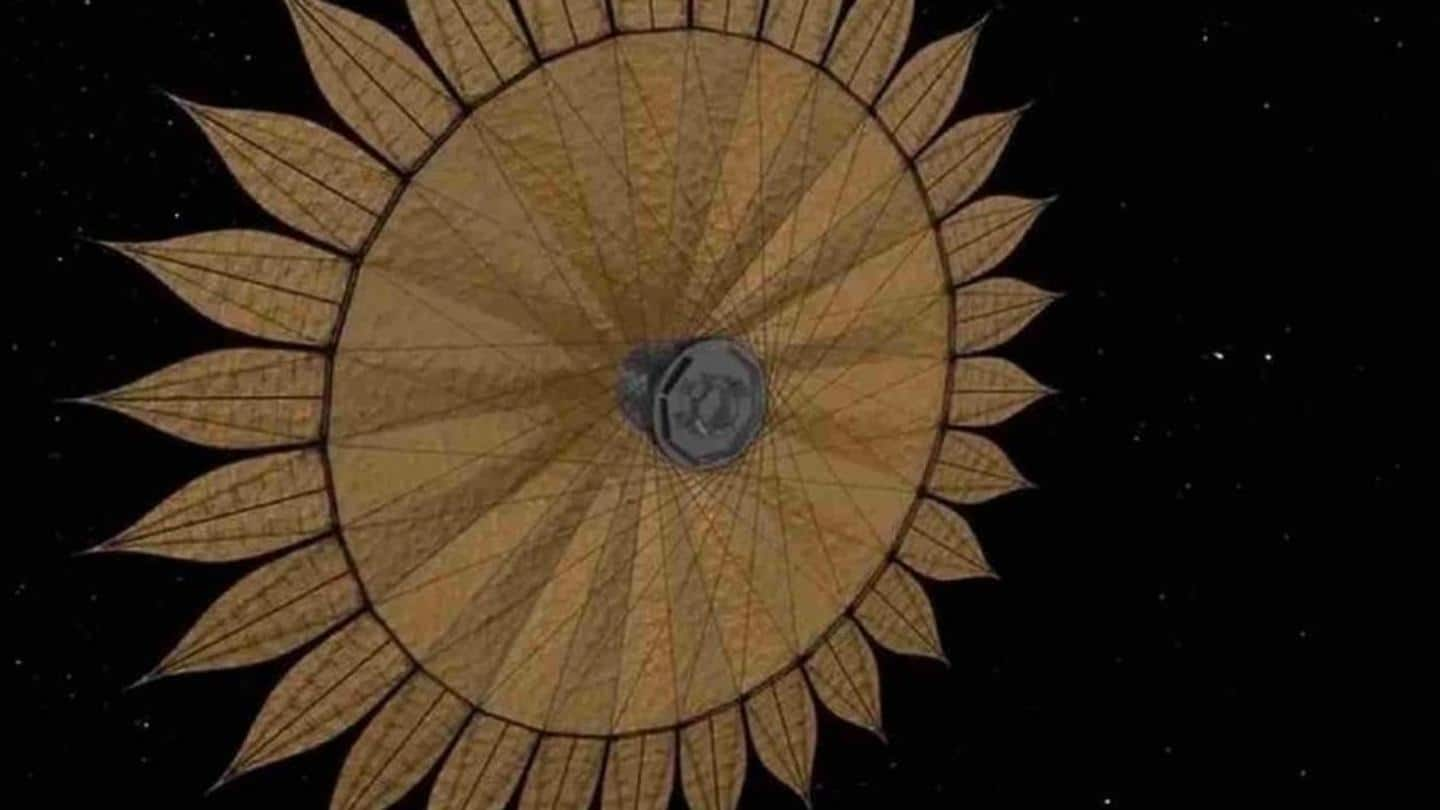
Want to win $7,000? Design a starshade for NASA
What's the story
Get ready to brush up on your origami skills and throw some shade in space. NASA is inviting ideas from the public to build a lightweight starshade as a part of the 'Ultralight Starshade Structural Design Challenge.' No, it is not for free. The five best submissions have the chance to win $7,000. The starshade is being built for NASA's concept hybrid observatory.
Context
Why does this story matter?
The possibility of the existence of other living beings on a distant planet has always excited mankind. NASA has been at the forefront of advancements in this field, but our technology has often been dwarfed by the extremities of the universe. The starshade is a way to deal with one such extremity. With its help, we might observe more than what we've ever seen.
Reason
Why is the challenge being conducted?
NASA is on the hunt for Earth-like exoplanets in the universe. As exciting as it sounds, a search like that is similar to looking for a needle in a haystack. It is also made difficult by light from their host stars. Therefore, to increase its chances, NASA is currently working on a hybrid concept involving ground-based telescopes and a space-based starshade.
HOEE
What is the purpose of the starshade?
NASA's concept observatory is dubbed 'Hybrid Observatory for Earth-like Exoplanets' or HOEE. For this observatory, several large existing telescopes on the ground will be converted into planet finders. The space-based starshade will be used to cast a dark shadow over the stars of exoplanets without blocking the planet's light. This way, astronomers will be able to see the light reflecting off the planet's surface.
Information
Hybrid observatory may answer questions about extraterrestrial life
An exoplanet's light is caused by surface minerals, oceans, continents, weather, vegetation, and the gases in its atmosphere. The hybrid observatory might help scientists answer questions about extraterrestrial life by observing these phenomena.
Challenge
What is the challenge?
NASA is looking for a starshade that is light-weight, has the lowest possible mass, and is fuel efficient. The 'Ultralight Starshade Structural Design Challenge' asks participants to develop a starshade that satisfies all the criteria. It should be compact when packed but must open up big when deployed. The low mass will help align it precisely depending on the target.
Evaluation
The deadline for submission is August 22
NASA's challenge is hosted by GrabCAD. The contest deadline is August 22. A submission will be evaluated based on starshade's feasibility of being packed inside a launch vehicle, deployability, low mass and structural stiffness, ability to block sunlight, ease of manufacturing, quality of 3D models, and structural analysis. The five best submissions will with $7,000 (around Rs. 5.6 lakh) as prize money.